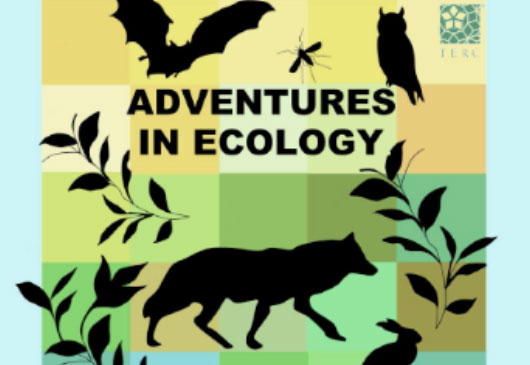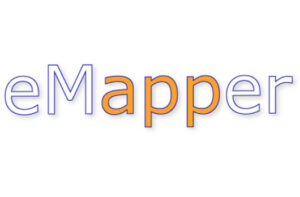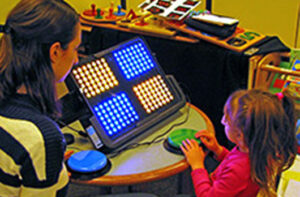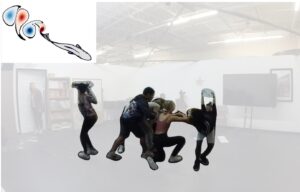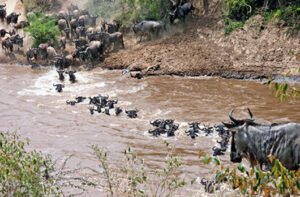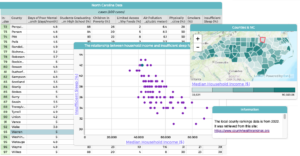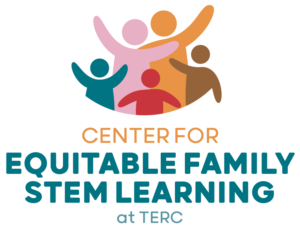Adventures in Ecology
Adventures in Ecology is about how animals need and acquire energy.
SummaryBoth the Teacher Guide and Student Guide are available for free and based on the TERC Ecology curriculum.
The unit includes: Bony Skulls
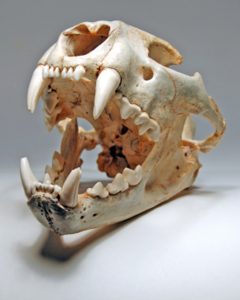
Animal skulls and teeth come in a wonderful diversity of shapes, sizes, and specializations. They can be considered from several perspectives. We first consider “whatever” — that is, whatever students decide in their groupings of skulls. Then using those groupings, we focus more specifically on functional aspects of the skulls. How does a skull “work”? What do its form and teeth indicate about the lifestyle of the animal? What kinds of foods does the animal likely eat? Why? Does it chew or just tear off and swallow those foods? How can we know? Is smell or vision important for the animal?
Moose are not Mice
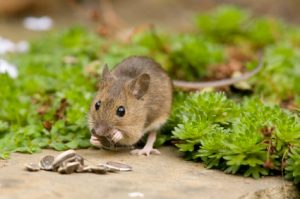
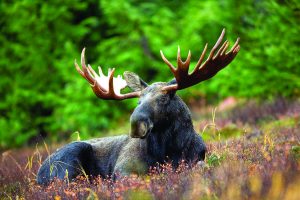
Body size is one of three key issues underlying an animal’s energy use. The other two are diet—what it eats—and thermoregulation—whether, how, and to what extent the animal regulates its body temperature. If we know these three facts about an animal, we can predict many other things. For instance, a large mammal that eats insects (invertebrates) or plants will have a slower metabolism than a same-size mammal that eats other vertebrates. Typically, a slower metabolism goes with lower-energy food.
Predator and Prey
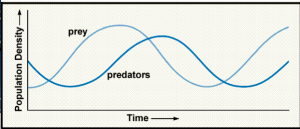
Students consider whether species regulate each other directly or indirectly through predation. If so, does the predator regulate its prey or vice versa? If two predators eat the same prey, do they regulate each other? Finally, students consider potential community-level effects of such interspecific interactions by debating or writing about some drastic perturbations to ecosystems.
Grade LevelGrades 5-8
Both the Teacher Guide and Student Guide are available for free and based on the TERC Ecology curriculum.
The unit includes: Bony Skulls

Animal skulls and teeth come in a wonderful diversity of shapes, sizes, and specializations. They can be considered from several perspectives. We first consider “whatever” — that is, whatever students decide in their groupings of skulls. Then using those groupings, we focus more specifically on functional aspects of the skulls. How does a skull “work”? What do its form and teeth indicate about the lifestyle of the animal? What kinds of foods does the animal likely eat? Why? Does it chew or just tear off and swallow those foods? How can we know? Is smell or vision important for the animal?
Moose are not Mice


Body size is one of three key issues underlying an animal’s energy use. The other two are diet—what it eats—and thermoregulation—whether, how, and to what extent the animal regulates its body temperature. If we know these three facts about an animal, we can predict many other things. For instance, a large mammal that eats insects (invertebrates) or plants will have a slower metabolism than a same-size mammal that eats other vertebrates. Typically, a slower metabolism goes with lower-energy food.
Predator and Prey

Students consider whether species regulate each other directly or indirectly through predation. If so, does the predator regulate its prey or vice versa? If two predators eat the same prey, do they regulate each other? Finally, students consider potential community-level effects of such interspecific interactions by debating or writing about some drastic perturbations to ecosystems.
Grades 5-8

